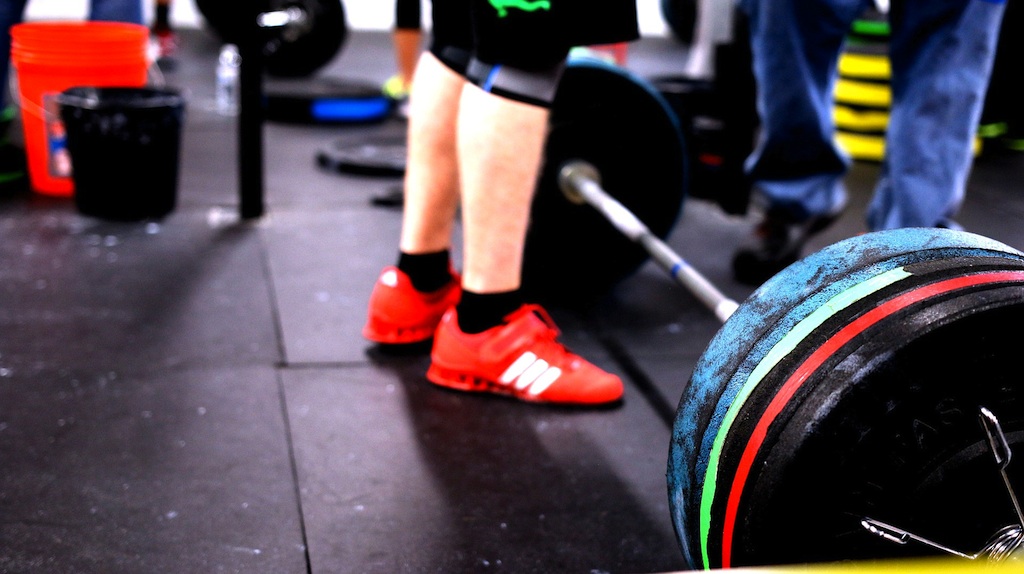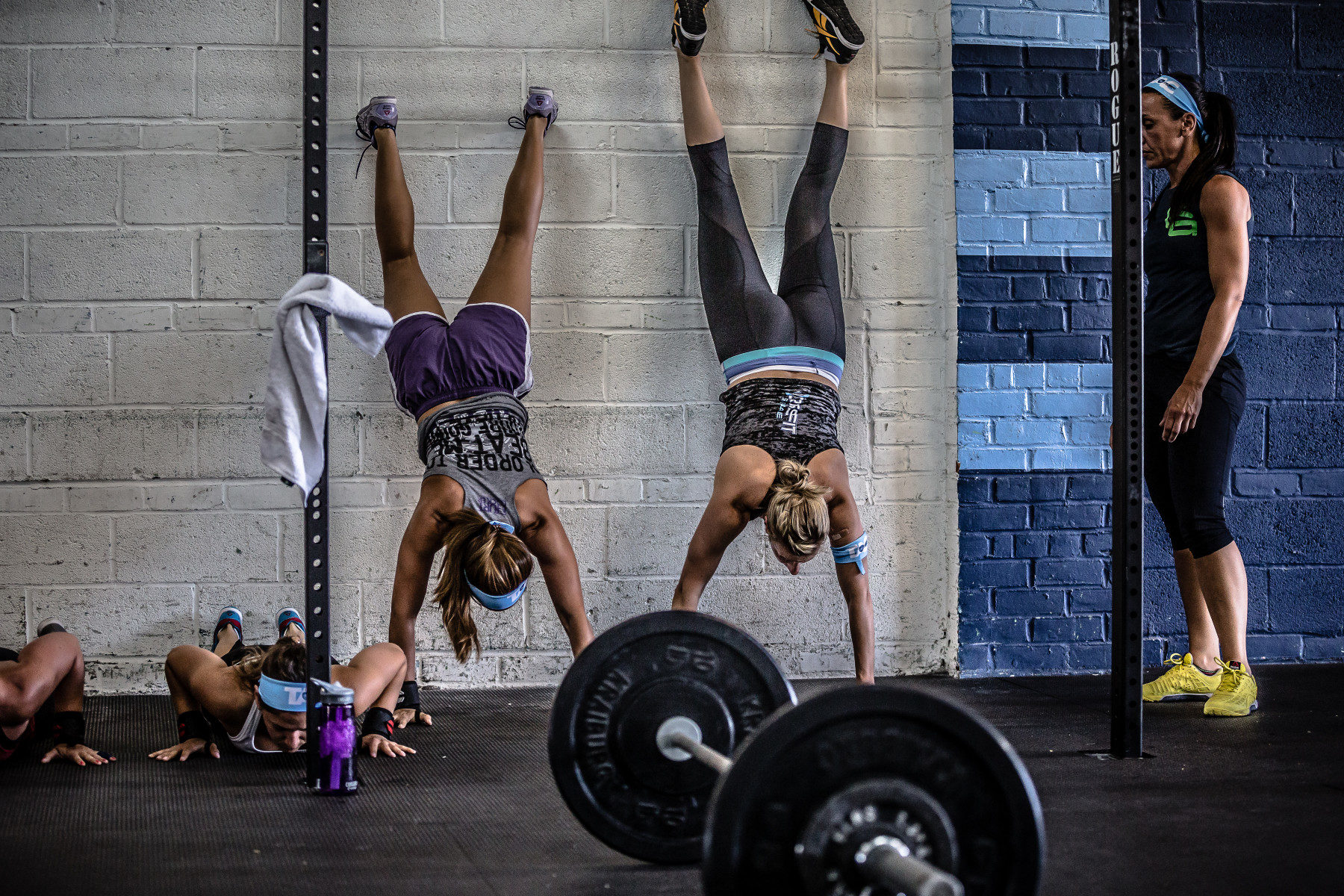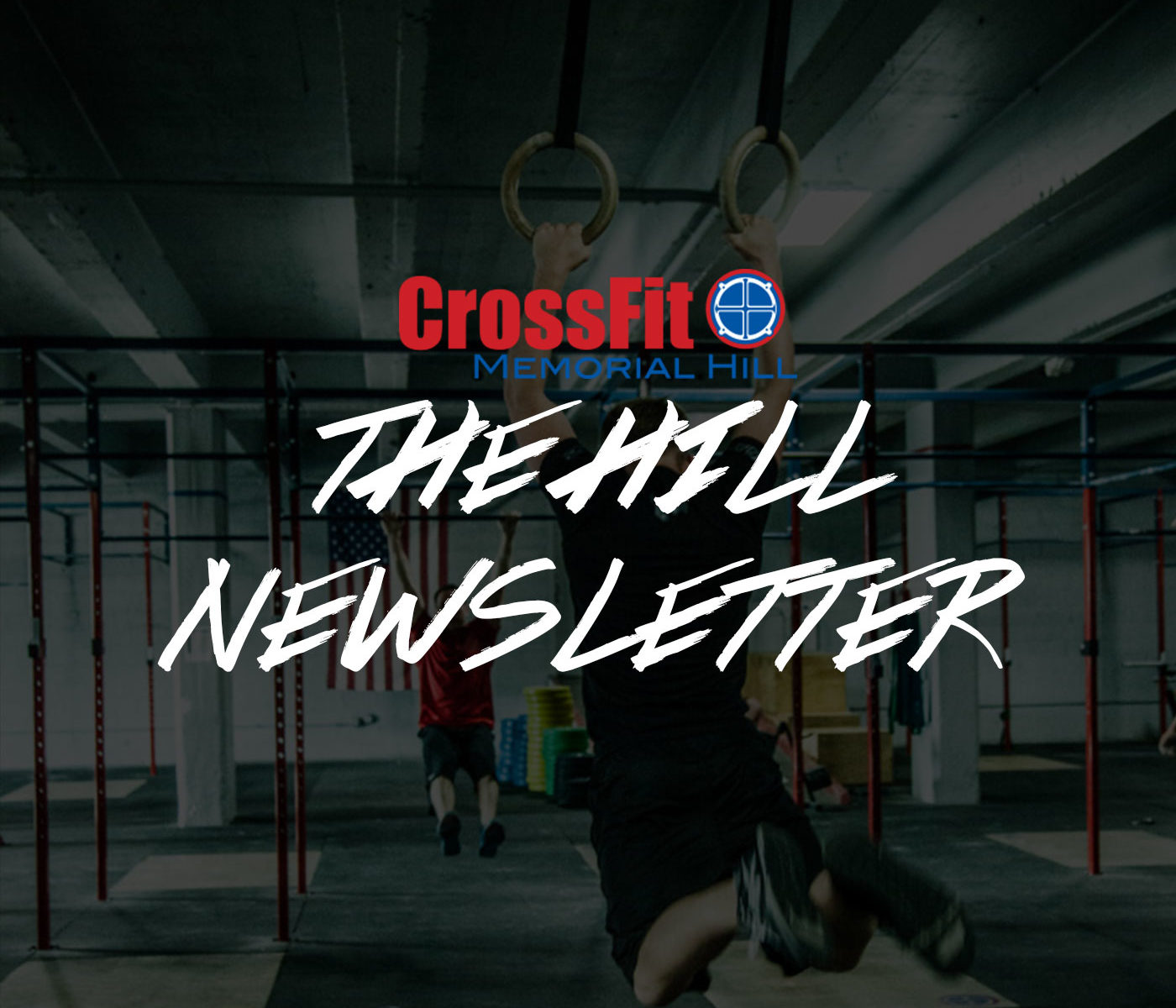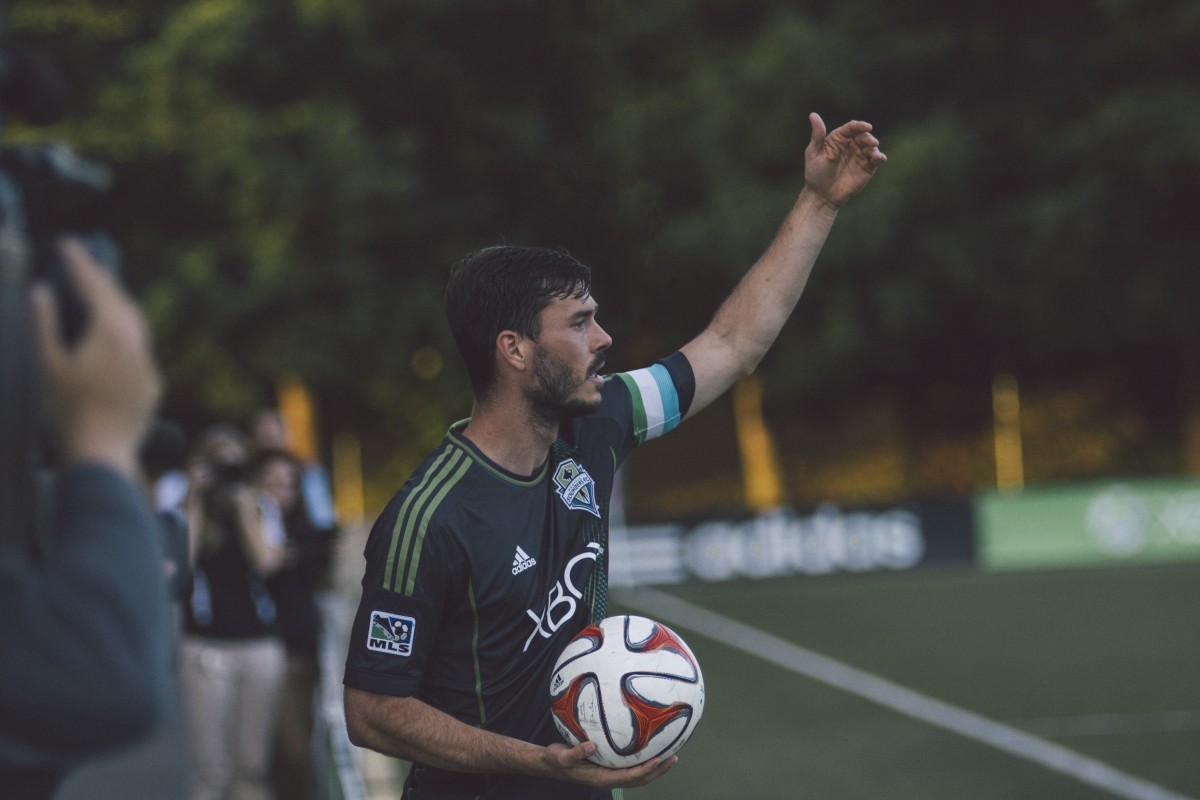If you’ve been following the podcast over the last several weeks, you’ve heard us dig deep into some of the misinformation spread by magazines, fitness models, and the “health” industry. Unfortunately, there doesn’t seem to be any end in sight. Our goal at The Hill is to help you cut through the noise as you navigate your fitness journey.
Here are 5 ways you may be sabotaging your fitness:
1. Beginning with the end in mind.
This term became popular in entrepreneurial circles. And – when it comes to starting a business – it’s true! As it pertains to your health, fitness, and wellness this couldn’t be further from the truth. Most people begin their journey with “I’d like to lose 20 pounds” or “I’d like to complete a 30-day challenge” or “I want to get in shape.” While these are worthwhile goals, they will always end in failure.
Why?
There is no end to your pursuit of health. It’s a seasonal evolution with highs, lows, shifting goals, and changing life circumstances. The truth of the matter is that fitness is found in daily habits and rituals – packing a lunch, walking into the gym, suggesting coffee over a happy hour, and so on.
Action Item: Take a minute to write down what’s going well right now. How are you living healthfully? Celebrate that and build (just slightly) upon it. No “challenges” or major life overhauls – it’ll end in failure.
2. Squirrel!!!
Novelty is great. Deal sites and apps have democratized fitness to a greater degree than ever before. We’re all for this! But here’s the reality – aimlessly jumping from program to program is a great way to discover what you like, but a terrible way to achieve lasting results.
But, isn’t any type of exercise beneficial as long as I’m moving? Absolutely true! But, ultimately (this typically happens at about the 12-week mark), you’ll run into this pesky beast – Adaptation. Here’s adaptation in a nutshell: You run 1 mile a day for several weeks and start to see results. Then you plateau. So, you have a couple options: Run 1 mile faster (intensity) or run 2 miles (volume). Without a well thought out plan to continually move past the Adaptation Phase, you’ll never see long-term results.
The reality of the matter is that most exercisers don’t have the time or mental energy to manage their own intensity, volume, mobility, and overall training plan. By jumping around with no real plan, you’ll ultimately run head first into adaptation.
Action Item: Take a look at your last 12 weeks of training. Is there a rhyme or reason? Your plan doesn’t need to take place under the same roof by any means – but it should have some aspects of progression. Struggling to get consistent for 12 weeks? See: #1.
3. Supplements
I’ll probably catch some flack for this one. Don’t really care. The truth is that supplements serve 2 functions – supplement minor malnutrition and aid in performance. Supplements can be beneficial to supplement lack of nutrients or calories when directed by a healthcare professional. They also aid athletes who find it difficult to ingest sufficient calories and macronutrients to fuel their performance. You already know if you fall into one of these camps.
So why all the distractions with supplements? Honestly, because the manufacturers make an obscene amount of money. If you’re just starting out a workout routine, DO NOT LET SUPPLEMENTS DISTRACT YOU. You don’t need special juices, cleanses, oils, proteins, creatine, amino acids, or pills. You should just buy some chicken breast, brown rice, and lettuce and go find a coach.
Most athletes I talk with about supplements would be better served eliminating before supplementing – things like booze, poor sleeping habits, and junk food. Once you’ve got a solid year of eating real food and consistent training under your belt, then we can chat supplements.
Action Items: Are supplements distracting you? Are you spending hundreds on protein and supplements that would be better served on a cooking class or personal training? Be honest with your distractions and know definitively what will support your goals. Again, back to #1.
4. Looking Back
The road behind is different for everyone, but the road ahead is the same for us all. There are a million circumstances that lead one to neglect their health – genetic factors, family history, medical conditions, family, work, stress, commute, feelings of self-worth. Go ahead and fill in whatever your “my situation is different” here: _________.
No one should diminish these. They’re your truth and your experience. No one should ever try and talk you out them.
BUT – whenever you’re ready to change things – the path forward is exactly the same for everyone – 1. Move safely, consistently, and progressively, 2. Eat reasonably, and 3. Help others along the way. THIS IS THE DEFINITIVE FORMULA. THE ONLY ONE THAT WORKS. Again – our goal is to help you eliminate distractions. You have the litmus test.
Action Items: Be honest with yourself. Is looking back keeping you from moving forward? If you get a moment, check out the guys and gals over at Team Some Assembly Required. There’s a group moving things forward.
5. Not Defining What You Want
Here’s the caveat to #1 and a shout out to the long-term athletes out there. I see a phenomenon at about the year and a half to two year mark for a lot of athletes – wanting something more but not defining what that is. For the competitors this could mean wanting to be more competitive, but not willing to tackle weaknesses. For people wanting to improve body composition, this could mean only exercising but ignoring diet.
Everyone’s goals for health are different. And, they don’t need to be the same year after year. One year it could be to get as strong as possible and the next it could be to be as lean as possible. Both are great!
Action Item: Write it down. Give it a name. Then, take it to a coach and ask them how to get there…then listen.













